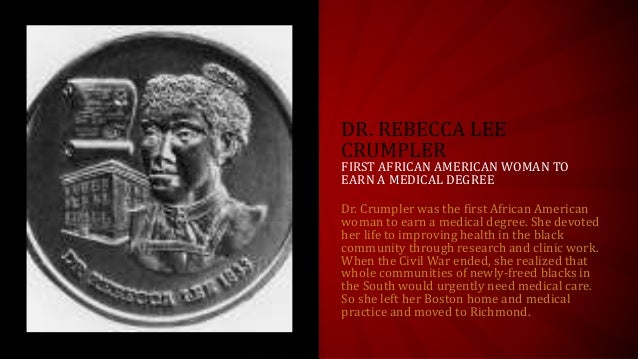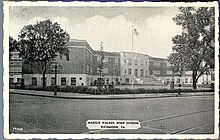IllmaticDelta
Veteran
Yeah, everybody knows the likes of Harriet Tubman, Rosa Parks and Sojourner Truth but there are a ton more greats who are hardly ever mentioned. So this thread is to highlight those women that have been lost to mainstream black history.....

Henrietta Vinton Davis (August 25, 1860 – November 23, 1941)

Henrietta Vinton Davis (August 25, 1860 – November 23, 1941)
was an African-American elocutionist, dramatist, and impersonator. In addition to being "the premier actor of all nineteenth-century black performers on the dramatic stage",[1] Davis was proclaimed by Marcus Garvey to be the "greatest woman of the Negro race today".[2][3]
Davis has come to be considered the physical, intellectual, and spiritual link between the abolitionist movement of Frederick Douglass and the African Redemption Movement of the UNIA-ACL and Marcus Garvey, the founder of the Universal Negro Improvement Association. At the first international UNIA convention in 1920, she was elected as International Organizer.[4] She had increasingly responsible roles and, after Garvey was deported to Jamaica in 1927, Davis was elected and served as President-General of the UNIA, Inc. from 1934-1940.[5]
Henrietta Vinton Davis was born in Baltimore to Mary Ann Johnson and her husband, musician Mansfield Vinton Davis.[6] Shortly after her birth, her father died. Within six months her mother had remarried to an influential Baltimorean, George A. Hackett, a member of Bethel African Methodist Episcopal Church.[7] He worked to defeat the 1859 Jacobs bill that was crafted to enslave the children of free African Americans and deport their parents from the state of Maryland.
Hackett died in April 1870 after a short illness. Upon his death Mary Ann Hackett moved with her daughter Henrietta to Washington, D.C. Henrietta was educated in the public schools. At the early age of fifteen, she passed the necessary examination and was awarded the position of a teacher in the public schools of Maryland.[8]
After a period of time teaching in Maryland, Davis moved to Louisiana to teach. She later returned to Maryland to care for her ailing mother. She had the certificate of the Board of Education. In 1878, while still in her late teens, she became the first African-American woman to be employed by the Office of the Recorder of Deeds[9] in Washington, D.C.; she worked as a copyist under George A. Sheridan.
1919-1920, under Garvey[edit]
While traveling in the Caribbean, Davis learned of the work of Marcus Garvey, a Jamaican immigrant to the United States who founded a Pan-African movement. On June 15, 1919, she was among the guests who spoke at a meeting of the UNIA held at the Palace Casino in Harlem, New York City.[16][17]
She performed a rendition of "Little Brown Baby With Sparkling Eyes" by Paul Lawrence Dunbar. As part of her presentation, she held an African-American doll, one of the earliest manufactured. Her prop had been loaned for the occasion by the Berry & Ross company. She decided to give up her career to work with Garvey and the UNIA-ACL, elected in 1920 as the UNIA's first International Organizer. She also served as a director of the Black Star Line and the second Vice-President of the corporation.[citation needed]
At the UNIA-ACL convention in August 1920, she was one of the signatories of The Declaration of the Rights of the Negro Peoples of the World. Among the 54 declarations made in this document are resolutions that the colors red, black, and green are to be the symbolic colors of the African race and the term "******" cease being used. It demanded that the word "Negro" be written with a capital "N". During the same convention, the High Potentate of the UNIA conferred upon her the title "Lady Commander of the Sublime Order of the Nile".[18]
Last edited:






























